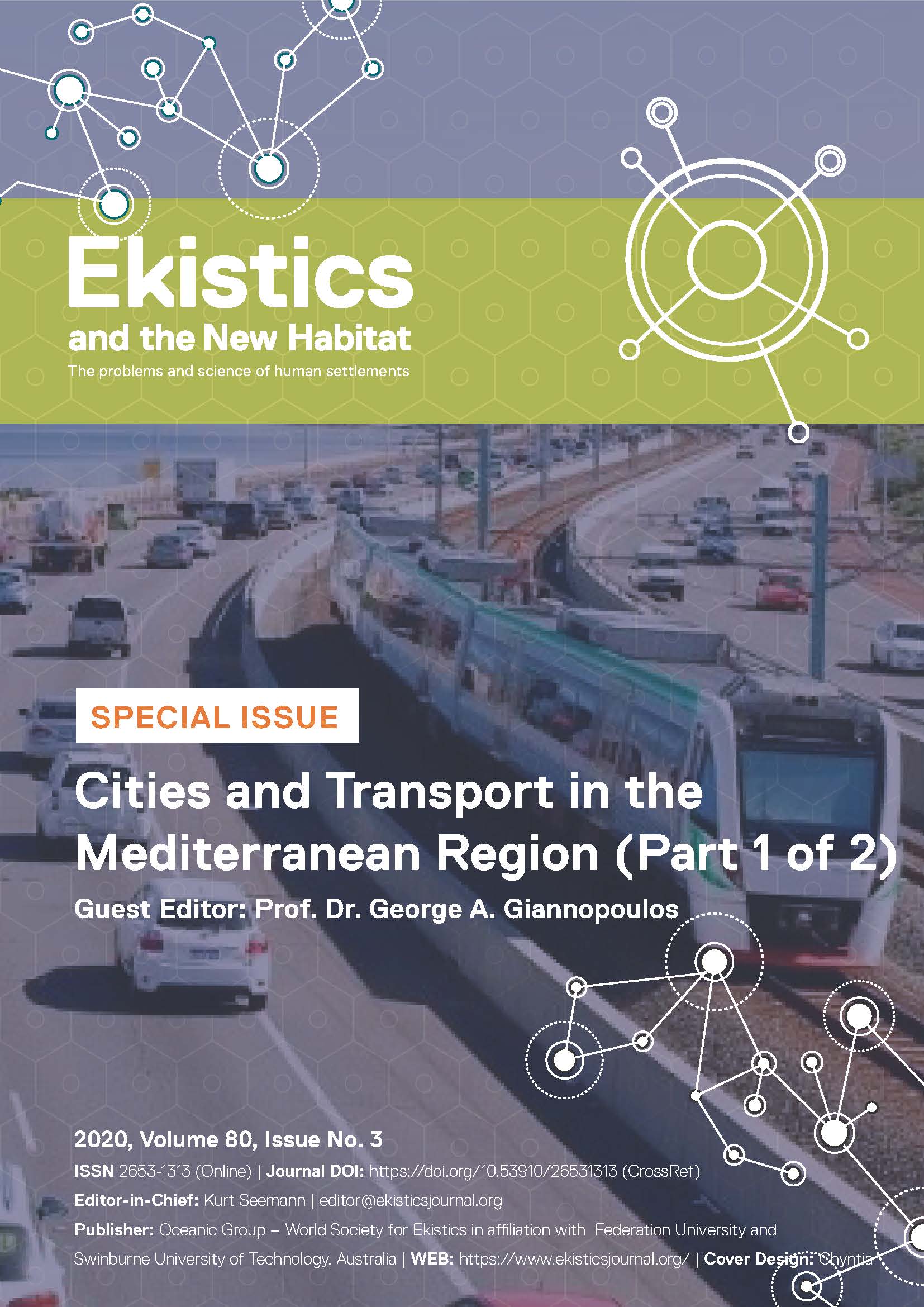Mediterranean City Ports and the Chinese One Belt One Road Initiative
DOI:
https://doi.org/10.53910/26531313-E2020803486Keywords:
University campus, Mobility, Problems, Struvtural Equation ModelAbstract
This paper discusses the characteristics, investments and impacts of the Chinese One Belt One Road (OBOR) initiative in the Eastern Mediterranean ports and Eastern European countries with particular emphasis on its realization in Greece in the port of Piraeus and the so-called Land-Sea bridge railway connections of this port to Eastern European countries. For Greece, the investments of Chinese company Cosco in the two container terminals of the port of Piraeus and later on for the acquisition of majority share for the whole of the port, has increased the traffic on the port in terms of containers and made it, within just a few years, the no. 1 port for containers in the Mediterranean and one of the top 5 in Europe. At the same time, it has caused some serious local objections concerning plans for expansion of port activities into areas that compete with similar local activities. The paper also discusses the concerns of the EU as a whole and of some European governments in the Chinese OBOR investments in the area of Eastern Mediterranean and Europe and concludes with a discussion on the pros and the cons of the OBOR initiative for the region as a whole.
Downloads
Published
How to Cite
Issue
Section
Categories
License
Copyright (c) 2021 Ekistics and The New Habitat

This work is licensed under a Creative Commons Attribution-NonCommercial-NoDerivatives 4.0 International License.
Please contact the Editor-in-Chief: editor@ekisticsjournal.org, should you have any questions on copyright for your submission.
This research journal is for Educational and Knowledge development purposes.
All material published on this site complies with our copyright and terms as described by the Attribution-NonCommercial-NoDerivaties 4.0 International (CC BY-NC-ND 4.0)






